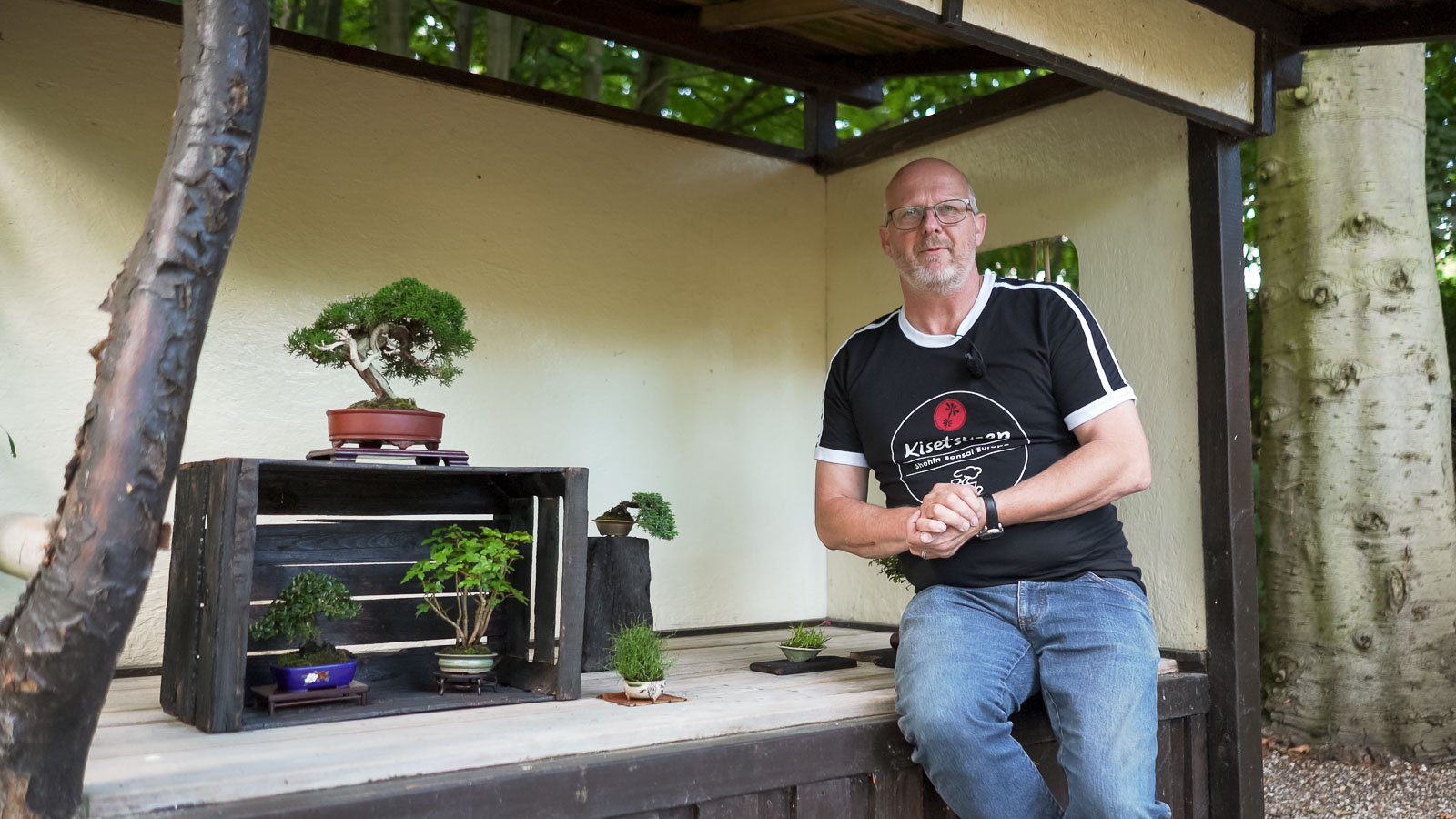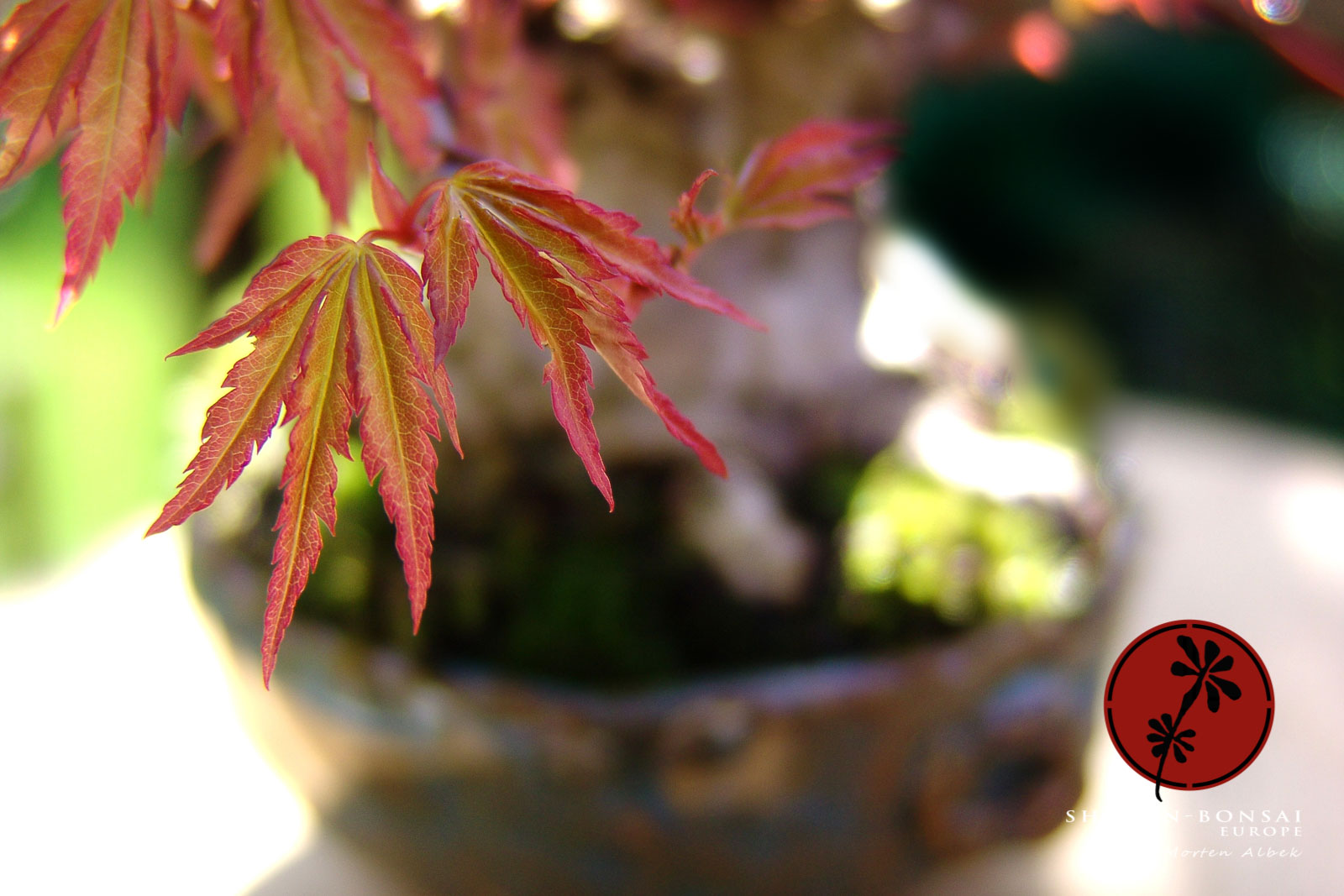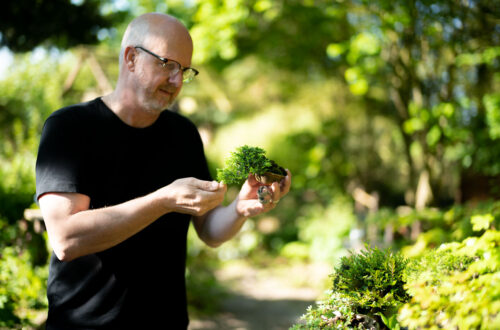Juniper progress

This Juniperus chinensis, has been on its way for five months now since I acquired it at local bonsai shop in July. It’s a classic pre-bonsai with both flaws and positive features. My work with this tree is one step at the time, leaving plenty of time for the tree to recover after each operation is performed. What you see here will not be the final in one go demonstration, but the first steps towards the final styling, and later repotting.

First steps were to eliminate the redundant branches, lowering the height and use what’s removed in advantage of deadwood branches, in Japan called jin´s . The branches left back are without thinking much about their future positions at this stage, because they can be twisted and directed in several ways. In opposition to specially deciduous and other conifers than Junipers, like Pines i.e., it is “allowed” to cross and twirl branches of the Juniper to put these in the right position, because this happens in their natural environment too influenced by the elements and their growing habits.


After this first raw styling and preparation, wiring a few major branches and some deadwood jinned branches, the tree is left to recovery for some time. Until its time to make the dramatic influence of the design six months later. The time is December, where sap flow is very low due to dormancy in early winter. This is the best time to add deadwood at the trunk, called Shari. The added deadwood will add much a much more dramatic history to the image showing the robustness of the tree. Prepared early in its lifetime for this work to be done now, the nurserymen had at an early stage twisted the young trunk, bending it with a thick wire, and curved it appropriately. The result some years after, is a good movement that just needs to be enhanced by the use of a visual trick. The method is to remove some live wood showing the whiter deadwood underneath. This done in the right direction will add great movement and the illusion of a tree twisted by natural courses like storms and heavy winters e.g.

December is a good time too make deadwood at the trunk (shari), because sap flow is very low, and the wood is hard. Rotting of the wood has a much lower risk when performed at this time, and the callus will be smaller swelling looking much more natural to the size of the tree when growth is slow.

Finding the live vein may be something we all worry about, because cutting the sap flow to a branch, and with shohin in small scale, a whole part of the crown maybe, may be crucial. A good thing to know about junipers though, is that the live vein runs vertical so stripping off bark in that direction will do little harm unless it is connected directly to a branch above. Still junipers are forgiving with a little care.

The sap flows were the wood is softer. Or putting in another way; were the wood is hard sap flow is low, and may be removed. This is often the case were an area is sunken a bit, having the most sap flow going at the outer-side of the trunk at swelled points. It is clear when you examine the tree, that the thickest areas are present, and at the inside deepening the wood is harder and can be made to deadwood area without risk. At the same time this is the natural pleasing and aesthetic solution.



So far so good. Next task is the arrangement of the foliage at a later time.





